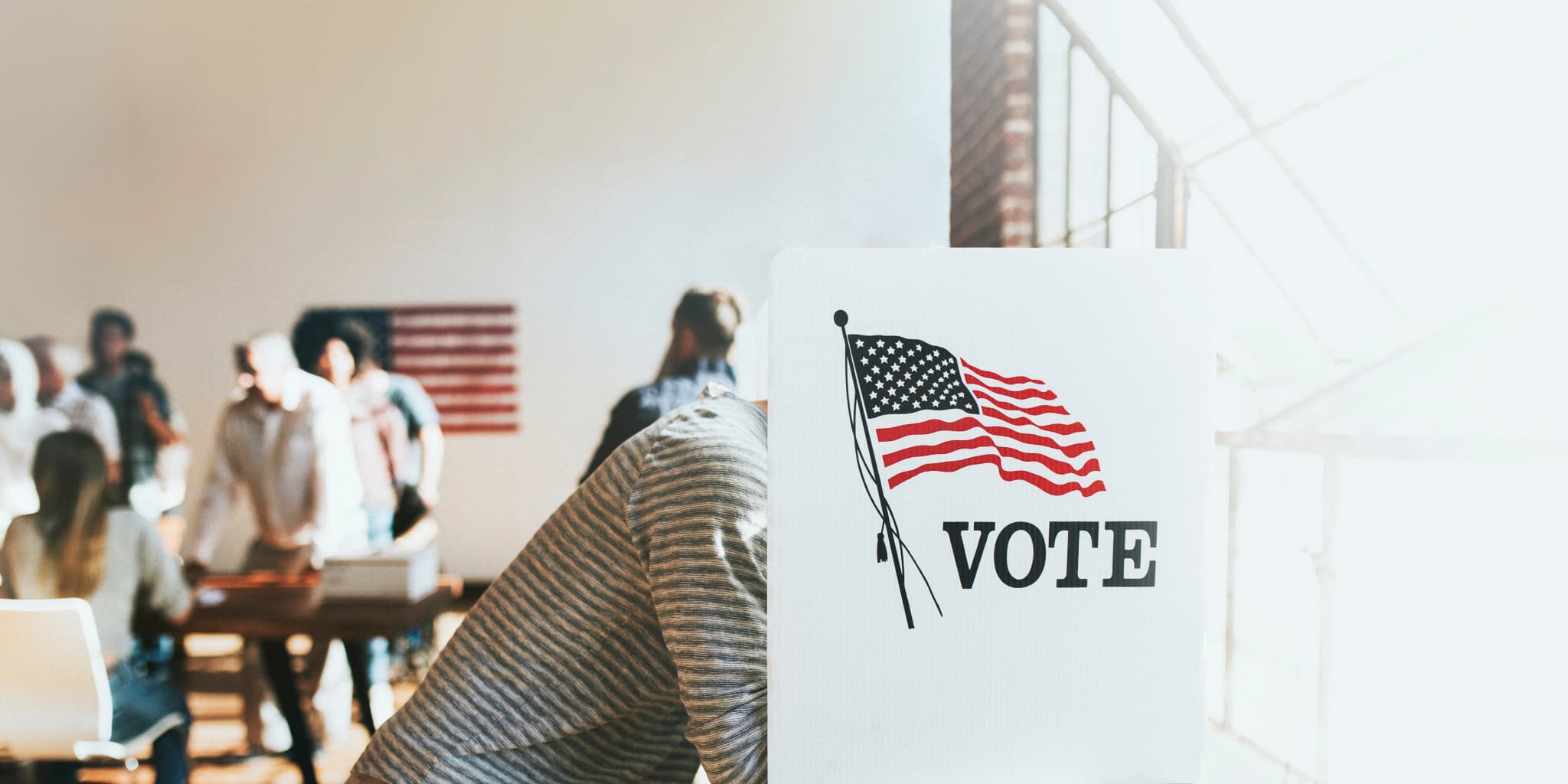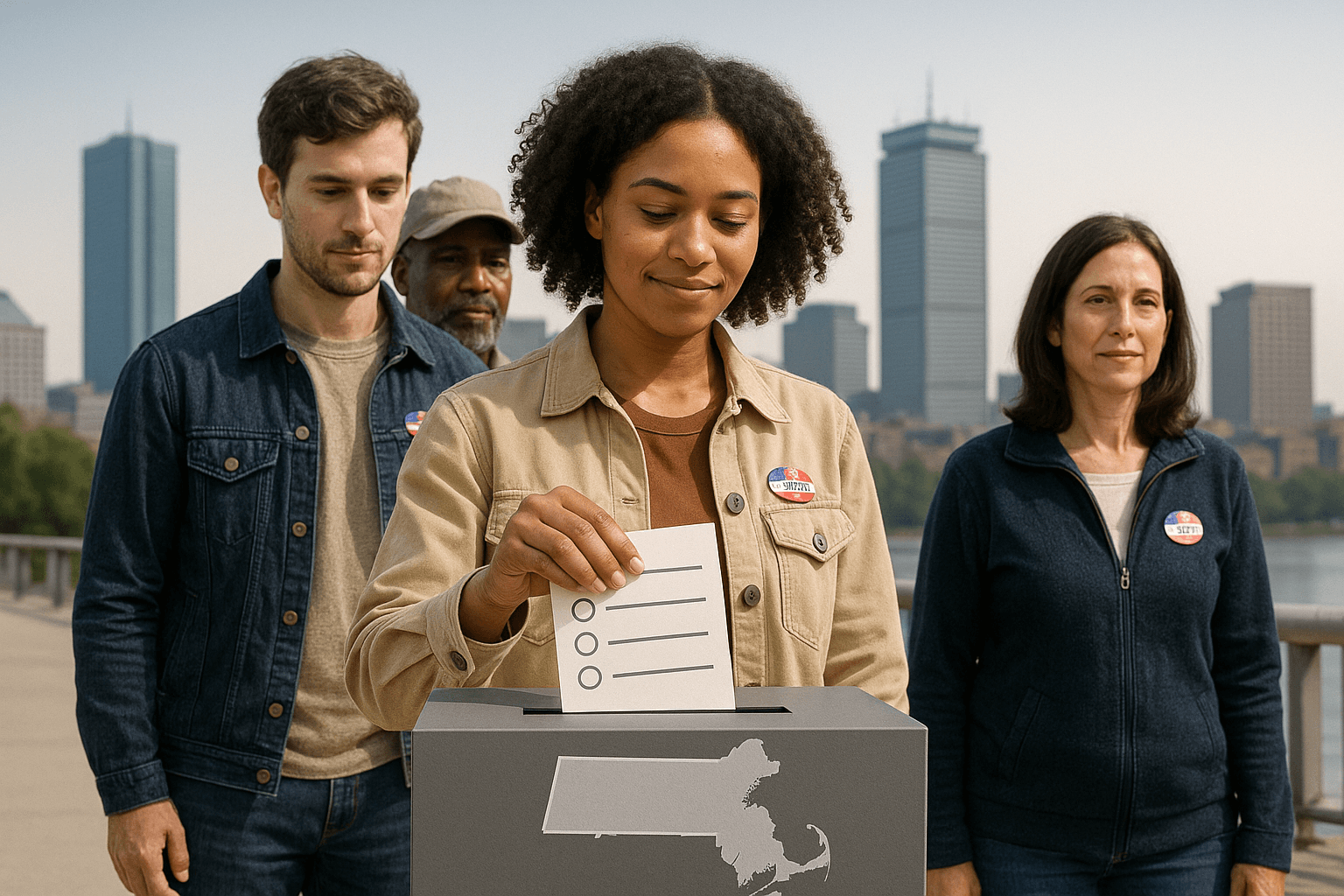A Brief History of the Executive Order

With any administration, we tend to hear from time-to-time the mention of executive orders being issued by the president. Even in his last State of the Union speech, President Obama stated that he would use executive orders to move things forward where he could when Congress could not or would not act. But, what are executive orders and what can a president do with them?
No where in the U.S. Constitution does it mention executive orders. The most basic definition is that they are orders to help officers and agencies of the Executive Branch enforce the laws that are passed by Congress.
"All legislative Powers herein granted shall be vested in a Congress of the United States, which shall consist of a Senate and House of Representatives." Article I, Section 1, U.S. Constitution
The president cannot use executive orders to legislate though the administration is allowed under Article II, Section 3, Clause 2 to make suggestions to the Congress on legislation. Under Clause 5 of the same article and section, the president must "take care that the laws be faithfully executed."
All presidents dating back to George Washington have issued orders that can be counted as executive orders even though they didn't officially have the name. Washington's first one stated that the U.S. was was going to remain neutral in the war between France and Great Britain. The numbering system we use today when referring to a specific order was not done until later, though they have been retroactively back-numbered to an order issued by President Abraham Lincoln in 1862.
Since a Supreme Court decision in 1952, presidents have also made sure to cite which specific laws they are acting under when they are issuing the executive order.
Though the president cannot use executive orders to make laws, the orders can still have a very wide-ranging effect.President Harry Truman issued an executive order to integrate the armed forces, and President Dwight Eisenhower issued one to integrate public schools. Executive Order #9066 was issued by President Franklin Roosevelt to declare certain areas as military zones, but was soon used for the relocation of Japanese-Americans to internment camps during World War II. He claimed it was within his power under his military authority.
Lately, there has been criticism from Republicans as President Obama has signed several executive orders to delay certain parts of the Affordable Care Act (ACA), even though the law makes no specific mention of the president having this authority. Their claim is that the president is "cherry-picking" which parts of the law to obey and which not to. Executive orders cannot violate the laws passed by Congress or the responsibilities delegated to the Executive Branch.
The Supreme Court ruled inHumphrey's Executor v. United States that the president must obey the law. He or she has no authority under the constitution to suspend the enforcement of the law. By this definition, the president's actions described above in regard to the ACA are not valid without congressional approval.
So when any president states that he or she is going to issue an executive order to do something, one must not blink. We must make sure that it falls within the responsibility of the president in executing laws passed by Congress.
Presidential claim to a power at once so conclusive and preclusive must be scrutinized with caution, for what is at stake is the equilibrium established by our constitutional system. - Justice Robert H. Jackson



